SOLAR-JET project demonstrates solar-driven thermochemical conversion of CO2 and water to jet fuel
Green Car Congress
APRIL 28, 2014
SOLAR-JET concentrated thermochemical reactor. The EU-funded SOLAR-JET project has demonstrated the production of aviation kerosene from concentrated sunlight, CO 2 captured from air, and water. The solar reactor consists of a cavity-receiver containing a porous monolithic ceria cylinder. Click to enlarge.



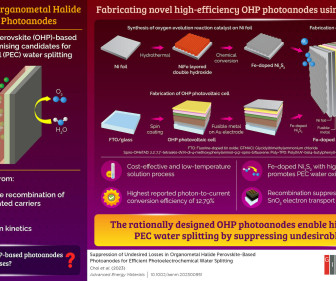







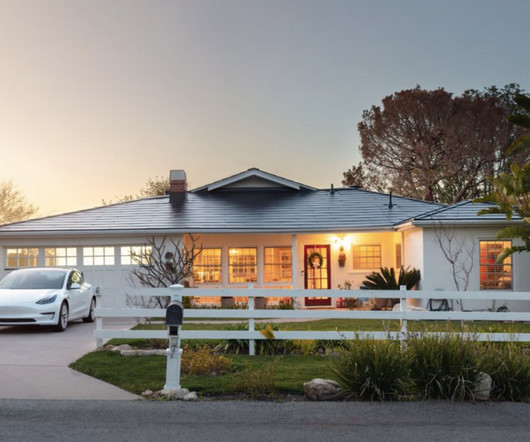




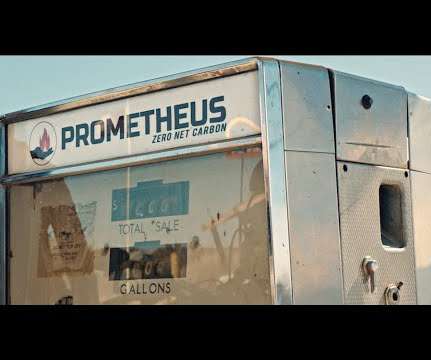









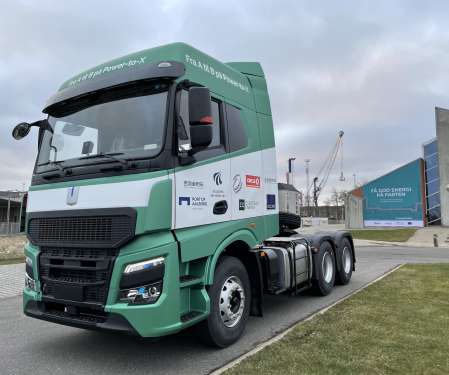



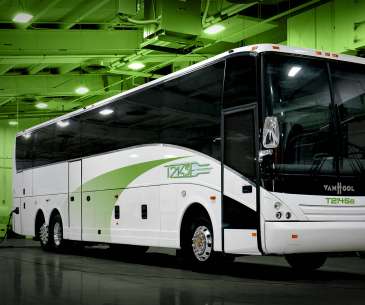











Let's personalize your content